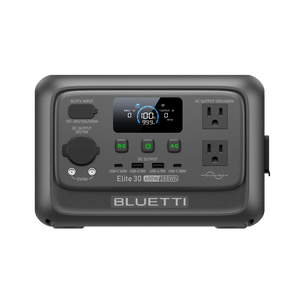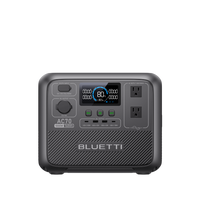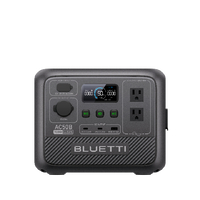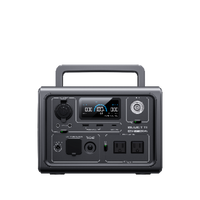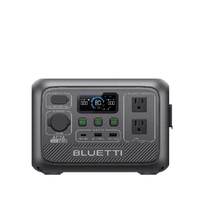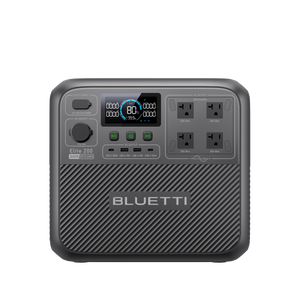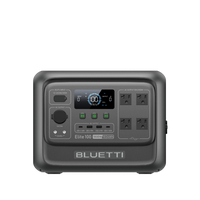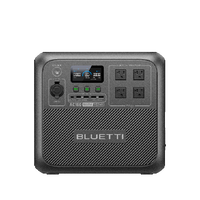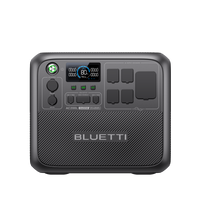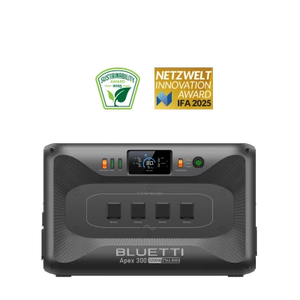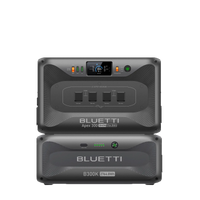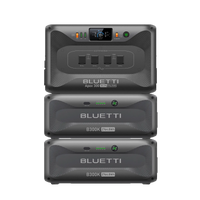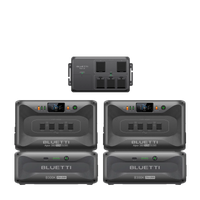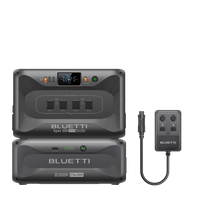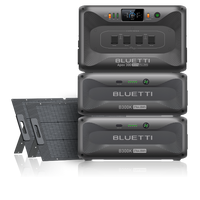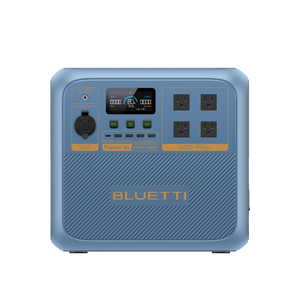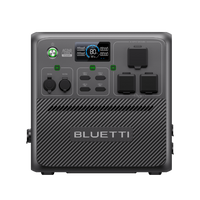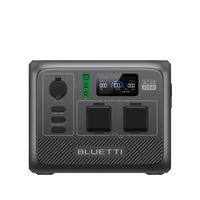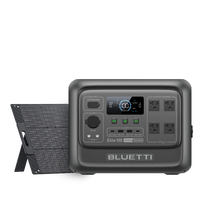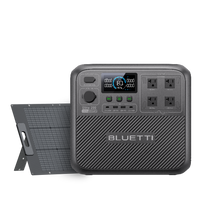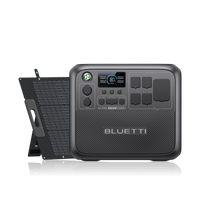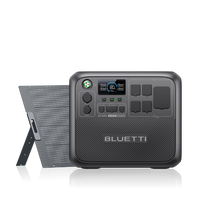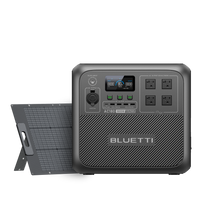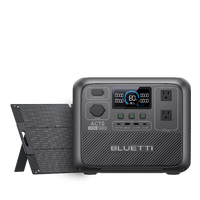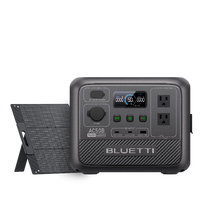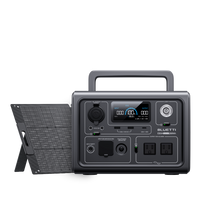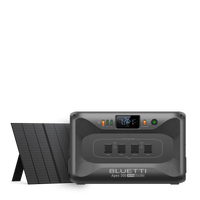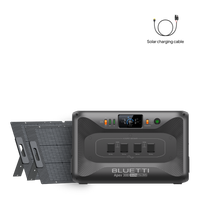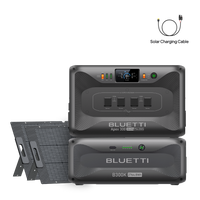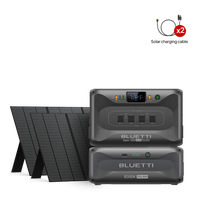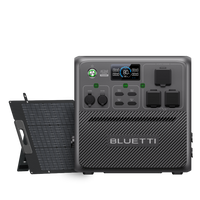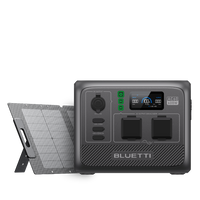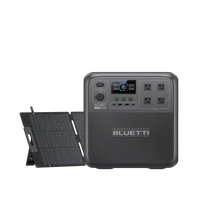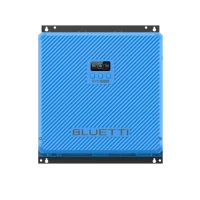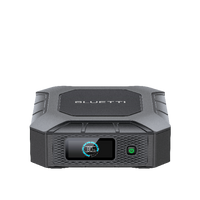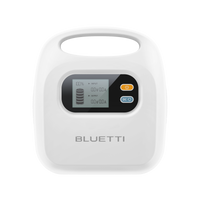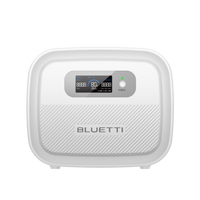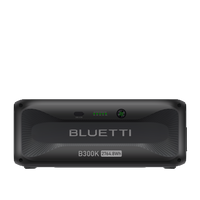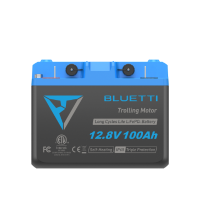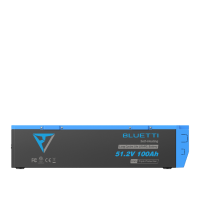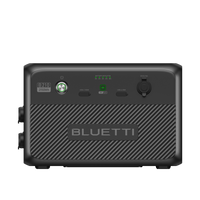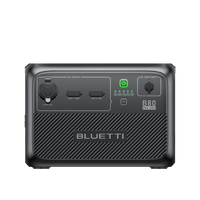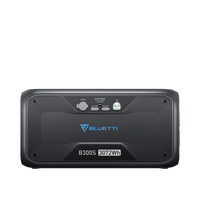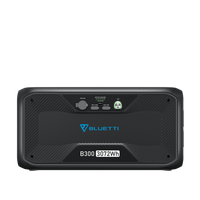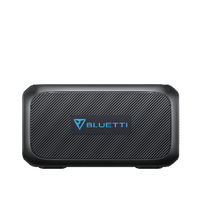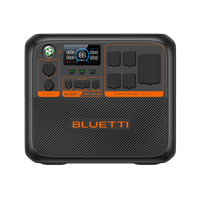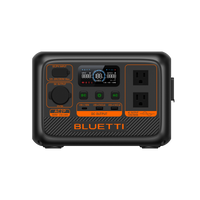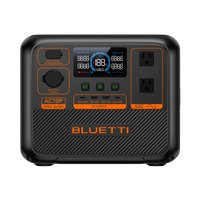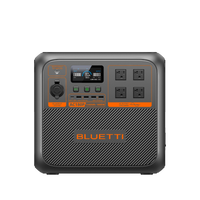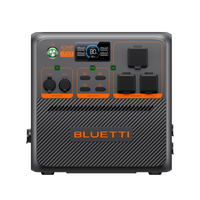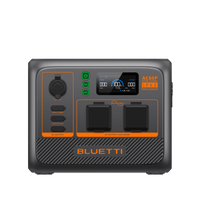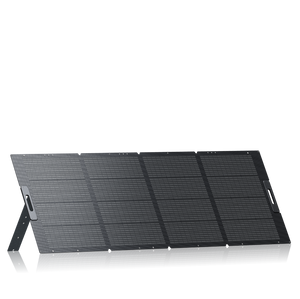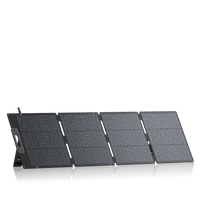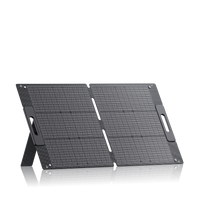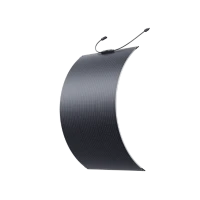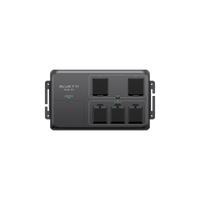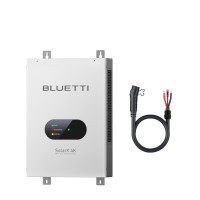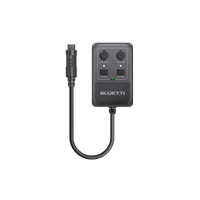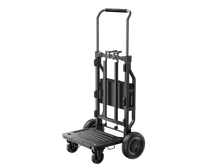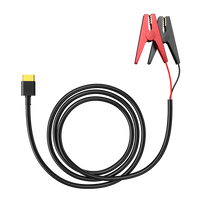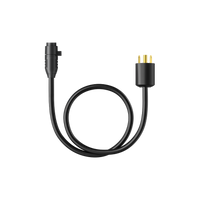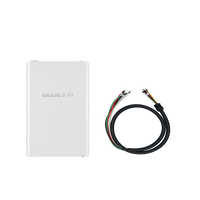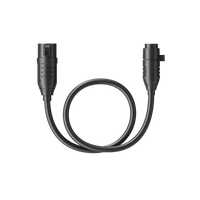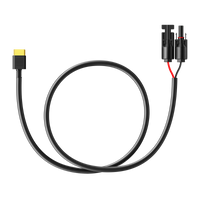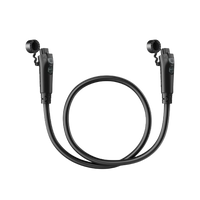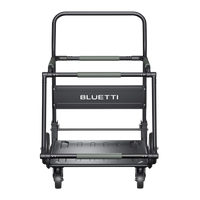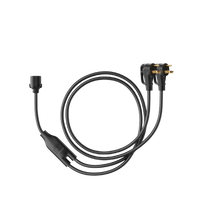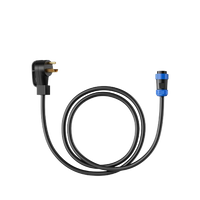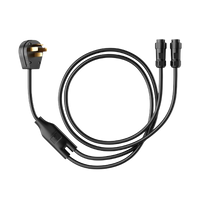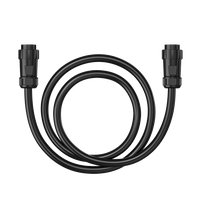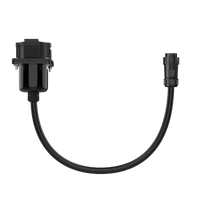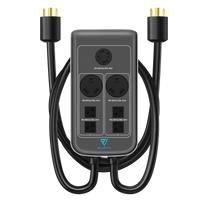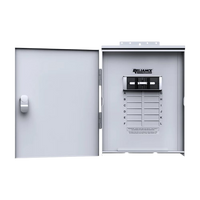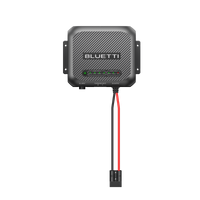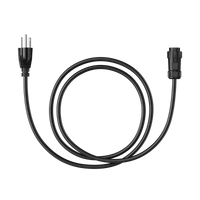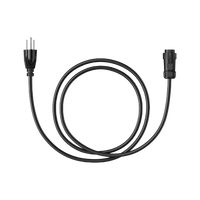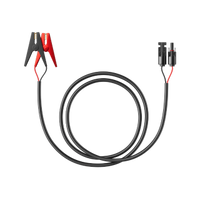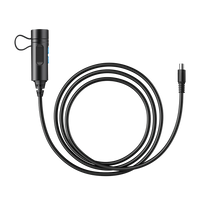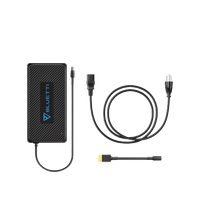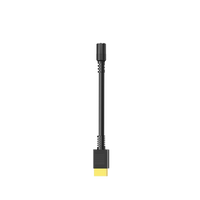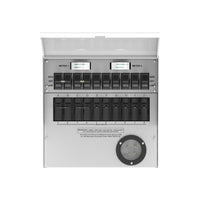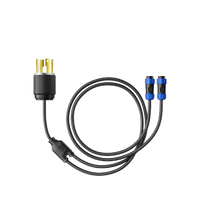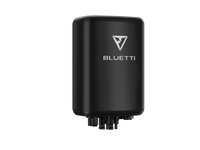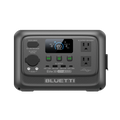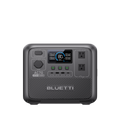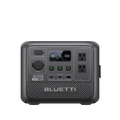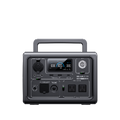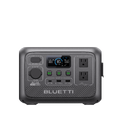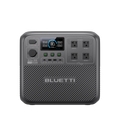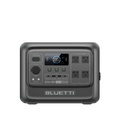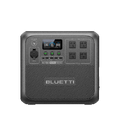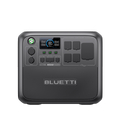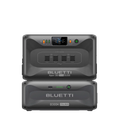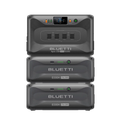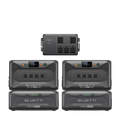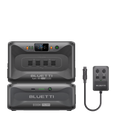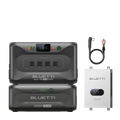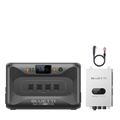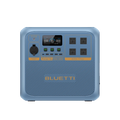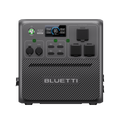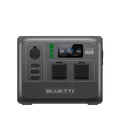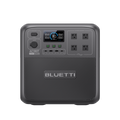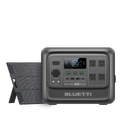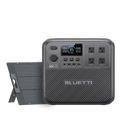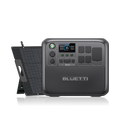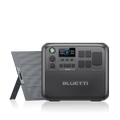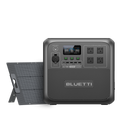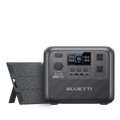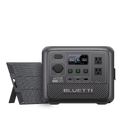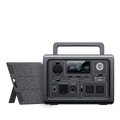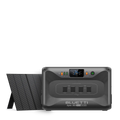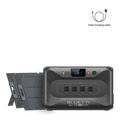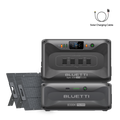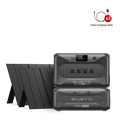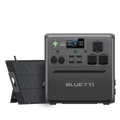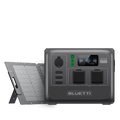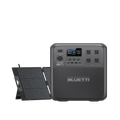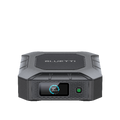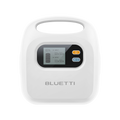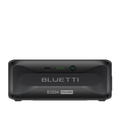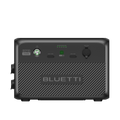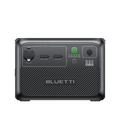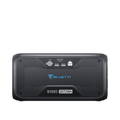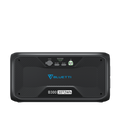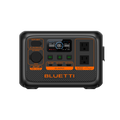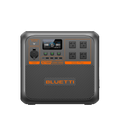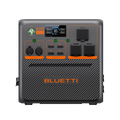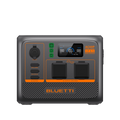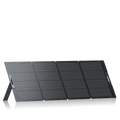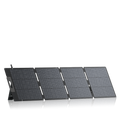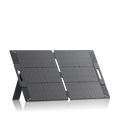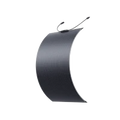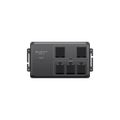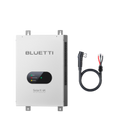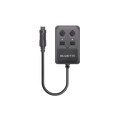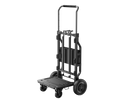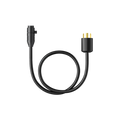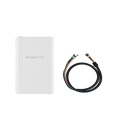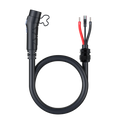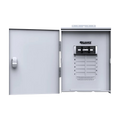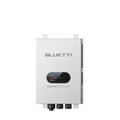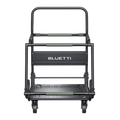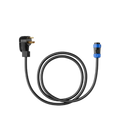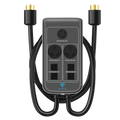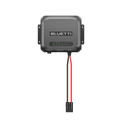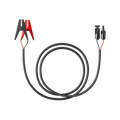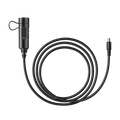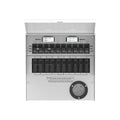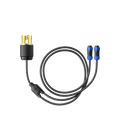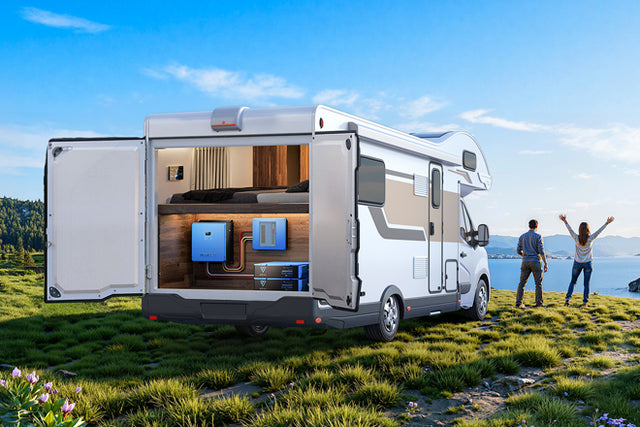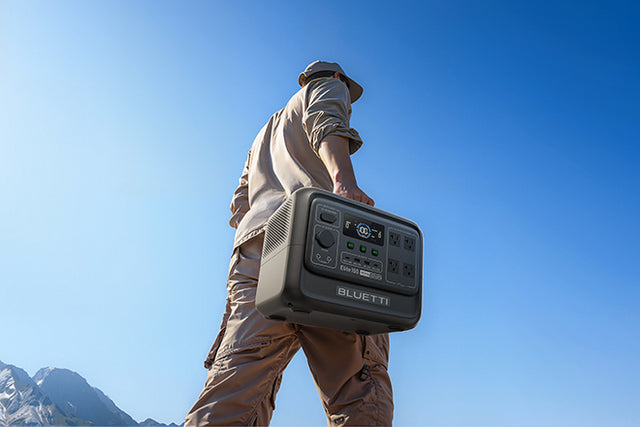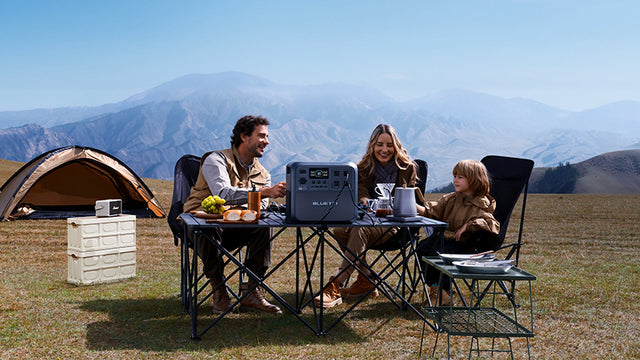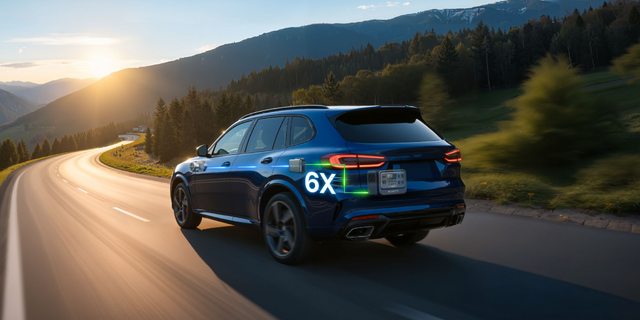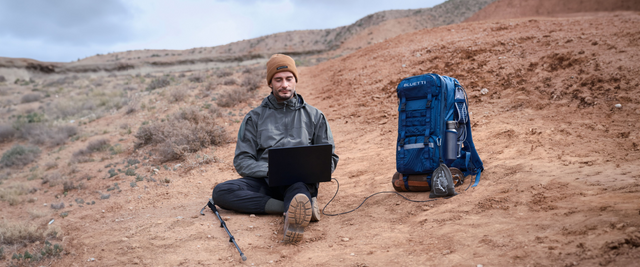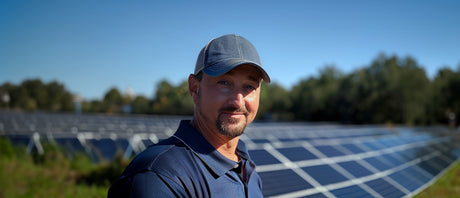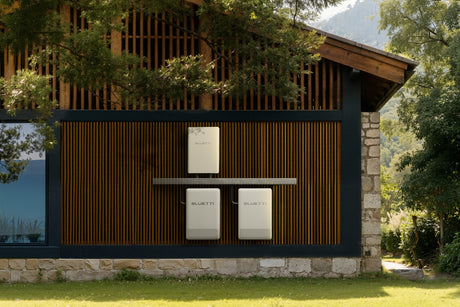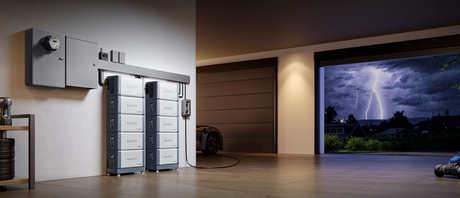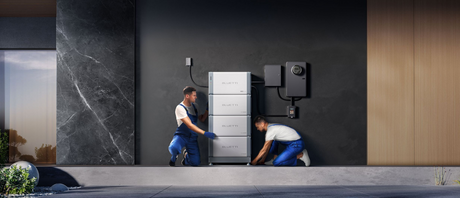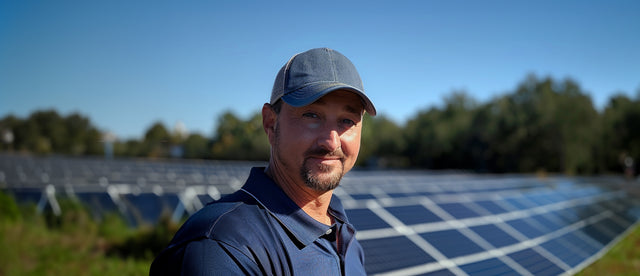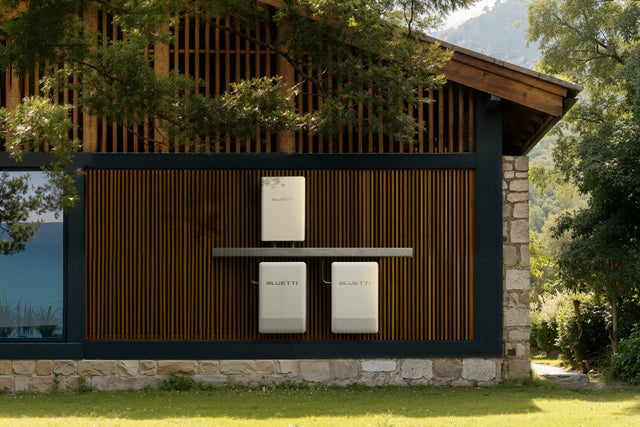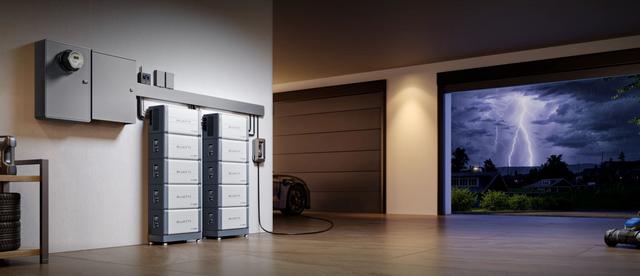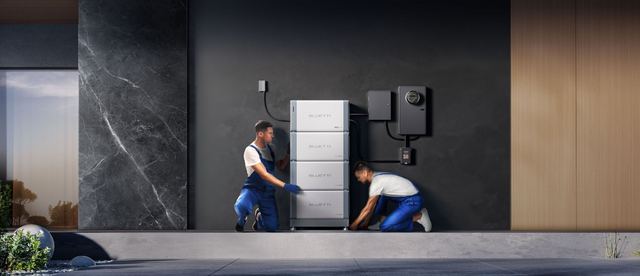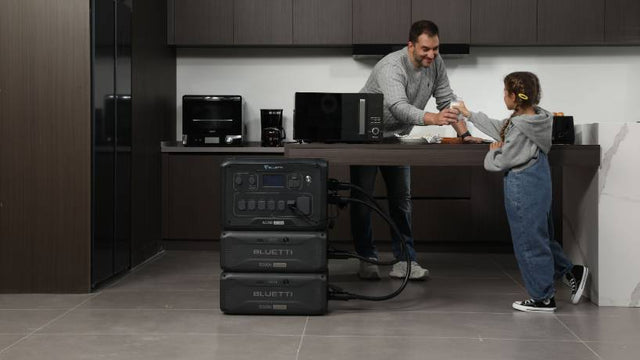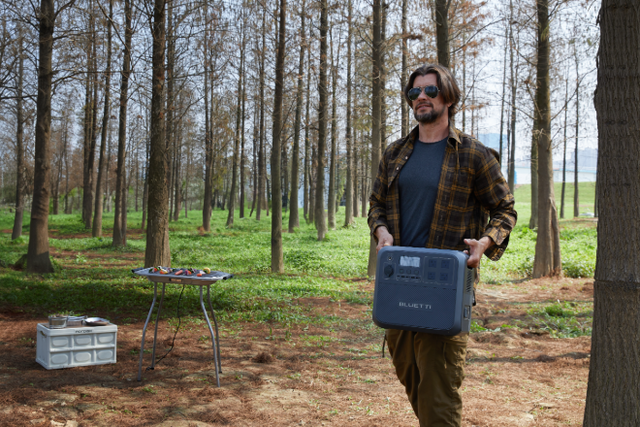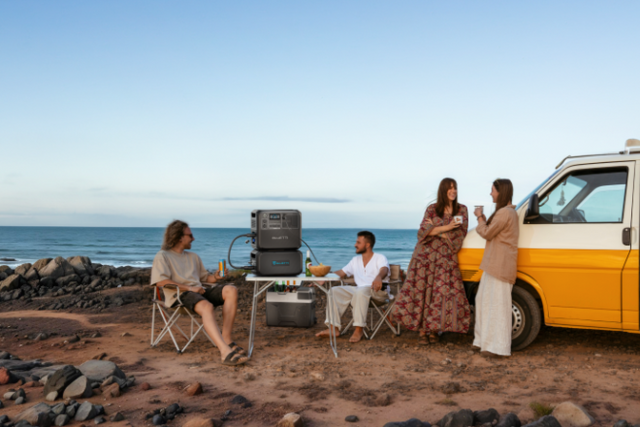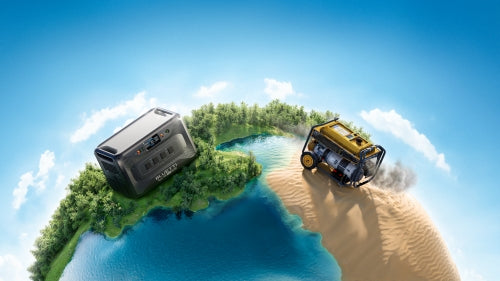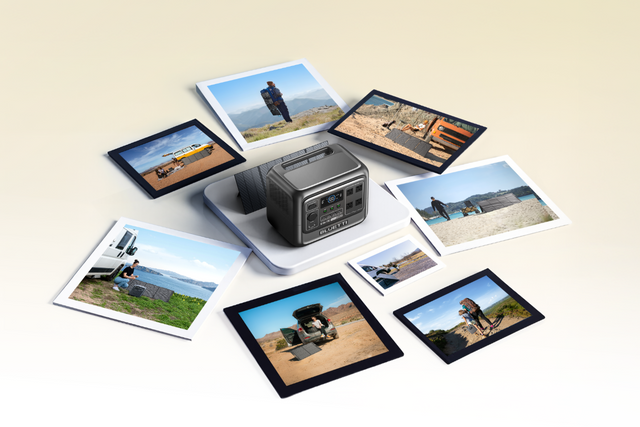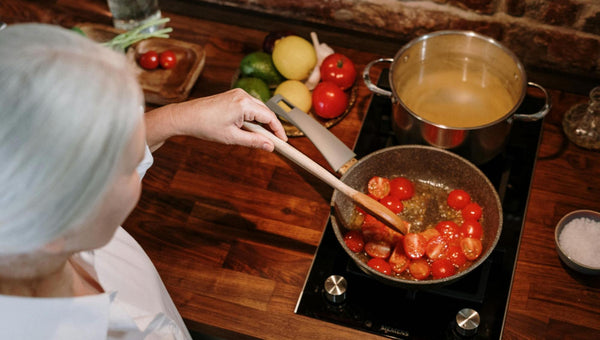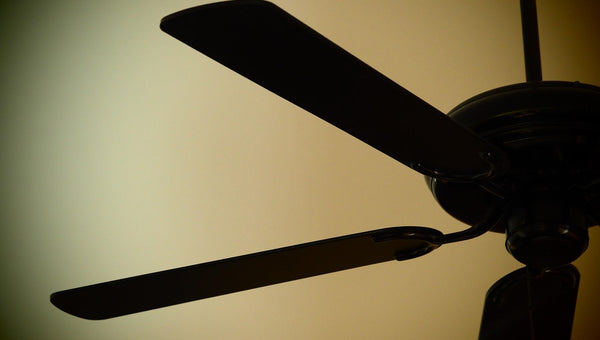Your cart is empty
Shop our productsRice cookers are amazing little machines. At first glance, they seem like single-purpose gadgets where you pour in some rice and water, press a button, and walk away. An hour later, the kitchen smells warm, the rice is fluffy, and you wonder why you ever messed around with pots on the stove that burned or stuck. But like a lot of appliances we've grown used to, rice cookers carry a hidden number in their specs that matters more in 2025 than it did even a decade ago: wattage.
People are asking questions now that they didn't use to: how many watts does a rice cooker use? or what's the cost of running this thing every night? Others are asking in different contexts: Can I run this on my portable power station when we're camping? Will it blow the inverter in my RV? Will the solar system in my off-grid cabin keep up with this and the fridge at the same time?
These are real questions with real answers, but they're not always as simple as the label on the box. That's what this article is about.
What is rice cooker wattage, and why should you care?
At its simplest, wattage is just the rate of energy draw. A 500-watt cooker running for one hour consumes 500 watt-hours, or half a kilowatt-hour. Utilities charge you by the kilowatt-hour, so if your rate is $0.15, that costs you about 7.5 cents. Cheap, right? But multiply that by every meal, every day, and the small numbers start stacking into noticeable lines on the bill.
Beyond cost, wattage is the language of compatibility. Portable batteries, inverters, and solar systems don't care how convenient your gadget is; they care about watts in and watts out. If the rice cooker pulls more than your inverter can provide, it'll trip and shut down. If your battery only holds 500 Wh, and your cooker demands 700 for an hour-long cycle, you'll run out of juice before the rice is done.
So the question of "how many watts does a rice cooker use?" isn't just trivia. It's the foundation for planning, whether you're trying to budget a kitchen or build a camping setup that doesn't leave you with half-cooked grains.
Average wattage by model size
Rice cookers aren't all equal. You'll find everything from tiny 3-cup units for singles to massive 10-cup family models, and even commercial beasts that feed a restaurant.
- Small rice cookers (3–5 cups): These typically draw in the 300 to 700-watt range. A 3-cup unit might be as low as 300–450 watts, while a 5-cup cooker hovers closer to 400–600. These are the friendliest to portable stations and camping setups because the draw is modest.
- Medium to large (8–10 cups): Expect 600 to 1,000 watts here. These are the family-size workhorses. An 8-cup unit might be as low as 600-800 watts, while a 10-cup cooker hovers closer to 700-1000. They'll pull more power because heating a larger volume of water and grain simply takes more energy.
- Commercial or heavy-duty models: The kind you'd see in a restaurant kitchen. Large residential models that hold 15–20 cups draw 1,000–1,500W. Commercial restaurant models (30+ cups) can chew up 1,500 to 2,500W or more. They're meant to plug into sturdy circuits and run multiple times a day.
A typical cooking cycle lands between 0.3 and 1 kWh, depending on model and mode. The average household cooker (say a 5-cup unit pulling 500 watts for 40 minutes) will burn through about 0.33 kWh. That's pennies in most utility markets, but as always, context matters.

Factors that shape wattage in the real world
It's tempting to think of wattage as fixed, but rice cookers, like many appliances, don't pull the same number minute to minute. A few factors shift the actual energy profile:
- Capacity: Larger cookers have bigger heating elements. A 3-cup cooker simply doesn't need the muscle of a 10-cup. If you're mostly cooking for one, it's worth downsizing to save watts.
- Mode: Some cookers are basic on/off devices. Others come with steaming trays, pressure-cooking modes, or smart features like "fuzzy logic" that adjust heating based on moisture. Pressure cooking and steaming generally push wattage higher, while "keep warm" mode sips a tiny amount.
- Heating method: Conventional heating (aluminum pot with a simple coil element) is the most common type, sticking to the wattage ranges I mentioned earlier. Affordable and straightforward. Induction heating uses electromagnetic fields for direct, even heating—more efficient overall and faster cooking, but they often rate higher at 700–1,200W for the same capacity due to powerful magnets. Pressure cooking rice cookers are great for brown rice. These combo units (heat + pressure) speed things up with initial high-watt bursts (800–1,100W) for pressurizing, then lower sustain.
- Runtime: Rice generally takes 20 to 60 minutes, depending on type and method, and this directly impacts the watts used. White rice cooks quickly (20–30 minutes at full power), keeping energy low. Brown rice needs longer (45–60 minutes) due to its tougher bran, bumping it to 0.4-0.5 kWh or more. More time equals more energy.
- Keep warm: This mode is almost invisible on the bill but matters off-grid. Holding rice warm for hours can add another 30 to 100 watts per hour, depending on its size and model. Do that all afternoon while you wait for dinner, and it can double the energy use of the initial cook.
- Smart controls: Wi-Fi and timers don't use much, but they add trickles of consumption that accumulate if you leave the unit plugged in 24/7.
These details explain why one person swears their cooker "barely costs anything" and another says it "drains my little power station too fast." Same appliance type, different usage patterns.

Cost to operate: home kitchen math
Let's do a bit of quick math with a mid-range example.
A 500-watt cooker runs for 30 minutes. That's 0.5 hours × 500 watts = 250 watt-hours, or 0.25 kWh. At $0.15 per kWh, you spent about 3.75 cents. Run it daily for a month, and you spend just over a dollar. Even if you double the wattage or the runtime, you're still only at two to five bucks monthly.
It's no wonder rice cookers are popular in regions where rice is a daily staple; they're energy-efficient compared to boiling pots on a stovetop. Leaving a pot of rice simmering on a 1,500-watt burner for 40 minutes uses 1 kWh or more. A cooker might do the same job in a third of that.
Energy-efficient models can shave another 10–20% off that figure compared to basic on/off models, especially if they use smarter cycling or better insulation. The difference isn't huge in dollars, but it can matter for people tallying watts off a solar array.

Off-grid and camping use: where watts really matter
Here's where the question "how many watts does a rice cooker use?" shifts from academic to practical. If you're camping with a battery pack or living in an RV with limited solar, every watt-hour counts.
Let's take that same 500-watt cooker for a one-hour session. That's 500 Wh. A small 500 Wh power station would run dry by the end of the cycle, assuming no inverter losses. In reality, with losses, you'd probably cut it close. If you had an 800 Wh station, you'd be fine.
Now, startup surge. Many cookers often surge to double their rated wattage for a few seconds when the element first fires. That 500-watt label could mean a brief draw of 800 to 1,000 watts. Inverter sizing has to take that into account. A 500-watt inverter will trip. A 1,000-watt inverter with surge handling will handle it.
This is why portable power stations like the Elite 100 V2 are good matches for small to medium rice cookers. They're built to handle those short surges without collapsing. For larger cookers, especially 8- or 10-cup models that run closer to 900 or 1,000 watts, you'll want something beefier like the Apex 300 home backup power. That way, you're not staring at half-cooked rice when the inverter quits mid-cycle.
In RV forums, you'll often read stories like: "I brought my family-size cooker on the road, plugged it into my 600-watt inverter, and it shut down halfway." The lesson is the same: always plan for surge, and always size batteries with more capacity than you think.
Tips for energy efficiency that actually help
If you're trying to stretch watts, there are a few tricks:
- Size matters: Don't buy a 10-cup cooker if you usually cook for two. Heating all that extra capacity wastes energy.
- Use keep warm sparingly: It's tempting to leave rice warm all day, but that extra 20–50 watts an hour adds up. Reheat later instead.
- Batch cook: Make a big batch once, store it in the fridge, and reheat small portions with a microwave or on the stove.
- Look for eco features: Some models now include insulation improvements or "eco cook" modes.
- Unplug when not in use: Tiny phantom loads from clocks or Wi-Fi modules can add up over months.
These aren't game-changing in dollars if you're on the grid, but they're game-changers when you're living off limited watt-hours.

Comparison to stovetop cooking
Rice cookers win almost every time on energy use. A stovetop burner at 1,500 watts running 40 minutes uses 1 kWh. A rice cooker at 500 watts for the same 40 minutes uses 0.33 kWh. That's one-third the energy. Add in the fact that stovetop pots often boil over or require constant attention, and the rice cooker's efficiency is more than just electrical; it's also time and sanity saved.
For people running on propane stoves, the equation changes, but even then, rice cookers can be appealing because they shift the energy demand to solar or batteries instead of bottled gas.
Conclusion
So, how many watts does a rice cooker use? Anywhere from 300 to 1,500, depending on size and features. A small home unit sits around 400–600 watts, a medium 700–900, a large or commercial 1,200+. Cycles usually cost you 0.25 to 1 kWh. At grid rates, that's pennies. Off-grid, it's serious math.
Rice cookers are efficient compared to stovetops. They're convenient compared to fussing with pots. They're predictable once you know the wattage. And if you're planning to pair one with solar or batteries, it's just about matching the cooker to the capacity. The Elite 100 V2 works fine for small daily cooking on the road. The Apex 300 gives you breathing room for bigger models and family meals without the worry of tripping mid-cycle.
At the end of the day, it's a reminder that even simple appliances carry numbers worth knowing. A rice cooker isn't a fridge or an air conditioner, but if you ignore the watts, you might still end up with a half-cooked dinner and a dead battery. Know the draw, plan the system, and the humble cooker turns into one of the most reliable tools in your kitchen — or your campsite.
Shop products from this article
Be the First to Know
You May Also Like

